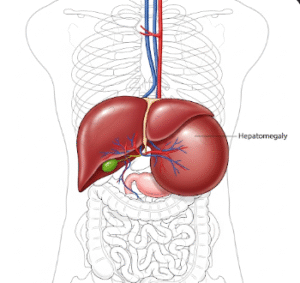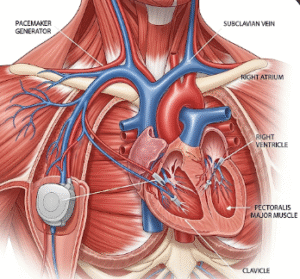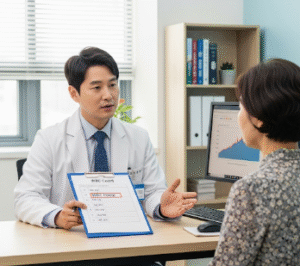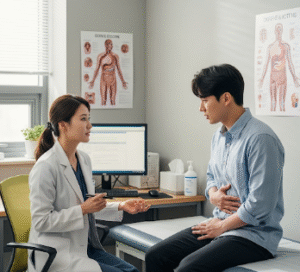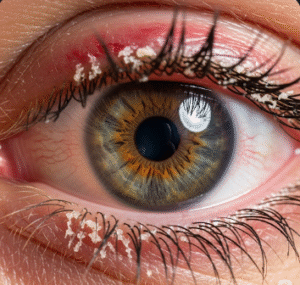Korea’s Global Reputation for Quality and Affordability
South Korea is known worldwide for its high-quality medical care and affordable costs. With modern hospitals, advanced technology, and efficient systems, the country has become a top destination for both medical tourism and long-term healthcare.
Foreigners living, studying, or visiting Korea can access everything from specialized hospitals to local clinics at reasonable prices. Whether you need emergency care, regular checkups, or traditional therapies, Korea’s healthcare system is designed to be accessible, reliable, and cost-effective.
➤ Understanding Korea’s Healthcare System
Korea’s healthcare system is built on universal coverage and modern efficiency.
➤ The National Health Insurance Service (NHIS) provides healthcare for nearly all residents, including foreigners.
➤ Most hospitals and clinics are privately operated but follow government pricing guidelines, ensuring fair and consistent costs.
➤ You can visit almost any clinic or hospital directly — referrals are only needed for specialized departments in major hospitals.
Lifestyle insight: Korea’s combination of public insurance and private care ensures both affordability and top-tier quality — one of the reasons it ranks among the best systems globally.
➤ Joining the National Health Insurance (NHIS)
If you’re living in Korea for more than six months, you’re required and eligible to join the NHIS. It allows foreigners to receive care at the same rates as Korean citizens.
How to enroll:
➤ Visit your local National Health Insurance office or your district (gu) office.
➤ Bring your Alien Registration Card (ARC), passport, and proof of residence.
➤ Monthly premiums depend on income or housing but typically cost around ₩140,000–₩150,000 KRW ($100–$110 USD).
Benefits of NHIS:
➤ Covers 50–80% of medical expenses.
➤ Includes hospital visits, medication, and emergency care.
➤ Provides discounts for dental, maternity, and even Traditional Korean Medicine (TKM).
Lifestyle tip: Enroll as soon as possible — it ensures access to preventive checkups and protects you from unexpected expenses.
➤ Hospitals and Clinics for Foreigners
Korea has a wide range of medical facilities, all offering excellent care.
Options include:
➤ University Hospitals: Advanced centers like Seoul National University Hospital and Severance Hospital for complex cases.
➤ General Hospitals: Great for specialized treatments and surgery, with shorter waiting times.
➤ Local Clinics: Affordable and fast — perfect for minor illnesses, checkups, and vaccinations.
➤ Pharmacies (Yakguk): Found everywhere and provide medications plus advice from licensed pharmacists.
Lifestyle insight: Even without insurance, visiting a clinic is affordable — a basic appointment usually costs only ₩15,000–₩30,000 KRW ($10–$25 USD).
➤ Emergency and Urgent Care
Emergency services in Korea are modern, fast, and foreigner-friendly.
➤ Dial 119 for ambulances and medical emergencies — English-speaking operators are available.
➤ Major hospitals have 24-hour emergency rooms (응급실) with translators.
➤ NHIS covers most emergency treatments, and foreign visitors can also self-pay at fair, regulated rates.
Lifestyle tip: Always carry your NHIS card or passport — it speeds up hospital registration during emergencies.
➤ Short-Term Visitors and Travel Insurance
If you’re visiting Korea temporarily, you can still access affordable medical care.
➤ Travel insurance often covers hospital visits, accidents, and medication.
➤ Some hospitals accept international insurance cards directly.
➤ You can also buy short-term Korean private insurance for extended stays under six months.
Lifestyle insight: Even if you pay out-of-pocket, Korea’s transparent pricing means you’ll likely spend far less than in most Western countries for similar treatment.
➤ Exploring Traditional Korean Medicine (Hanbang)
Korea’s healthcare system includes both modern medicine and Traditional Korean Medicine (TKM), offering natural healing methods.
➤ Treatments include acupuncture, cupping, moxibustion, and herbal medicine.
➤ Many TKM clinics are NHIS-approved, covering up to half the treatment cost.
➤ Common uses include stress relief, pain management, digestion, and fatigue.
Lifestyle benefit: Hanbang offers a balanced, affordable way to prevent illness and recover naturally, complementing Western-style care.
➤ Preventive Checkups and Screenings
Korea emphasizes preventive healthcare, with regular health checkups subsidized or provided free under NHIS.
Available screenings include:
➤ General physical exams and blood tests.
➤ Vision, dental, and hearing checks.
➤ Cancer and heart screenings for adults over 40.
➤ Women’s health and pregnancy support.
Lifestyle tip: Take advantage of annual NHIS checkups — they can help detect health problems early and save on future medical costs.
➤ Communication and Language Support
Language barriers are minimal in Korea’s medical system, especially in major cities.
➤ Most large hospitals have international clinics with English-speaking doctors and translators.
➤ Smaller clinics often use translation apps or phone translation services.
➤ Prescription instructions are clearly written, and medical staff are trained to assist foreign patients.
Lifestyle insight: Download the Papago app for quick translations — it’s widely used and accurate in medical settings.
➤ Understanding Healthcare Costs
Korean healthcare is transparent and affordable, even for foreigners.
Average costs:
➤ Basic doctor visit: ₩15,000–₩30,000 KRW ($10–$25 USD).
➤ Specialist consultation: ₩50,000–₩80,000 KRW ($35–$60 USD).
➤ MRI or CT scan: ₩300,000–₩500,000 KRW ($220–$380 USD) — often 70% covered by NHIS.
➤ Hospital stay (one night): ₩100,000–₩200,000 KRW ($75–$150 USD).
Lifestyle tip: Always request an itemized bill to review what was covered by insurance and what you paid. It helps track expenses or claim reimbursements later.
➤ Pharmacies and Medications
Korean pharmacies are easy to find and well-regulated.
➤ Prescriptions are issued right after doctor visits and filled nearby.
➤ Common medicines like cold tablets and painkillers are sold over the counter.
➤ Pharmacists can explain dosages and side effects in basic English.
Lifestyle insight: Bring any existing prescription records from your home country to help Korean doctors find suitable local alternatives.
➤ Saving Money on Healthcare
Even with Korea’s affordable system, there are ways to save more:
➤ Visit local clinics instead of university hospitals for mild illnesses.
➤ Choose generic medications — just as effective but cheaper.
➤ Use your free annual NHIS checkup to prevent costly treatments.
➤ Consider supplemental insurance for extra coverage on dental or vision care.
➤ Keep medical receipts for possible reimbursements abroad.
Lifestyle benefit: Staying proactive and using local options ensures top-quality care while keeping your expenses low.


